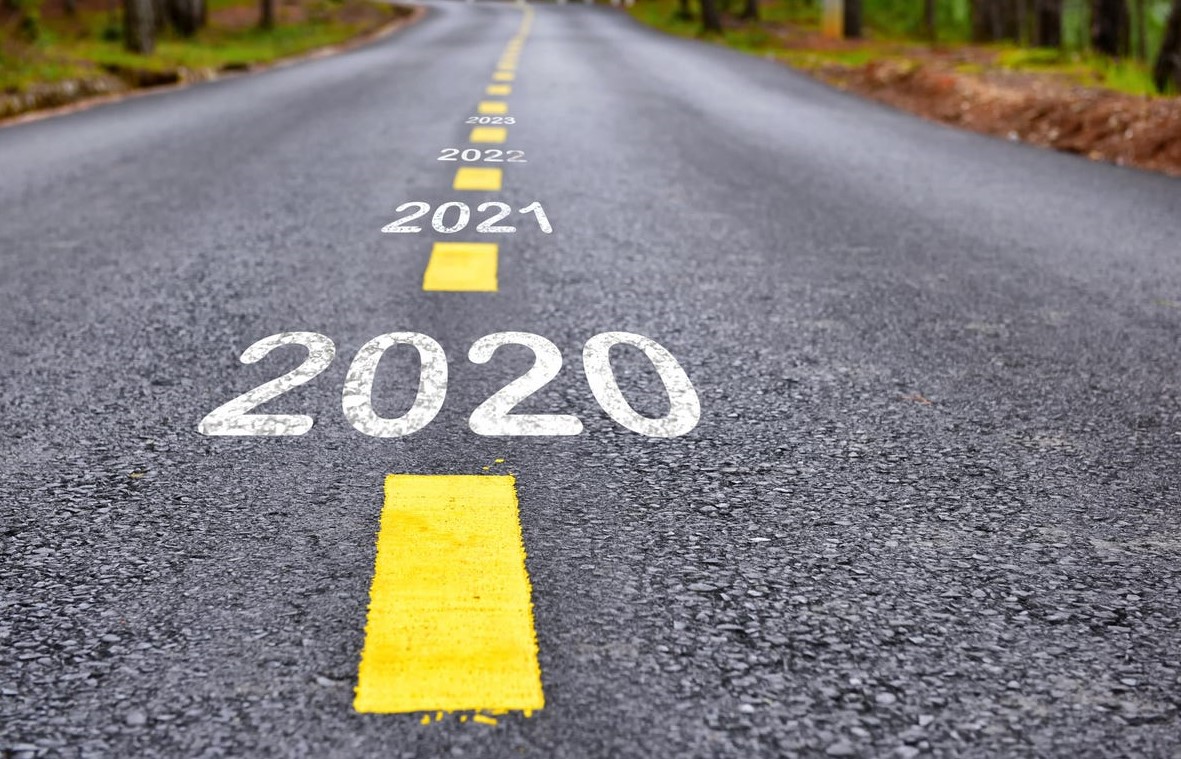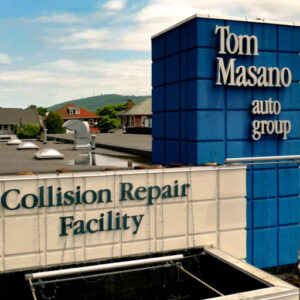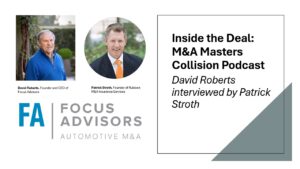Article by David Roberts featured in FenderBender’s October 2021 issue
Remember Labor Day 2016 – five years ago? The recession was in the rear-view mirror. Business was thriving. Miles driven were increasing. New car sales were breaking records. State Farm had more than 18% market share. Paint loans were readily available for growing shops. Exit opportunities were excellent with Caliber and Gerber continuing to buy lots of shops and smaller MSOs. Most MSOs saw their glasses were more than half full with even better days ahead.
Do you recall your own expectations for the future? Where was your business? And what was your plan?
Did you have a paint loan? Had you just joined up with a franchisor? Were you renewing a lease? Were you getting ready to make an acquisition? Were you adding equipment and getting some additional OE certifications? Had you stepped up to a more executive role and promoted a manager to oversee all the day-to-day operations?
Remember January 2020 – the best month in history for almost every shop, MSO and consolidator! Then BAM – the pandemic! It wasn’t a bad movie. It was – and continues to be – a worldwide tragedy. Entire economies shut down across the globe. Even for “essential services” like collision repairers allowed to still operate, revenues were dramatically off – sometimes up to 50% – all within three months! Most operators hunkered down, cutting costs – and some staff. Most hung on waiting for the end of the pandemic but resigned themselves to a long wait for full recovery. Substantial PPP loans allowed most operators to survive.
Even before the pandemic State Farm was continuing to trim its DRP networks. As it has lost market share (now down to 16%) it continued to cut costs by reducing staff, embracing photo estimating and tightening reimbursements. Many other carriers did the same. Some of the best-known operators, longest tenured Select Service providers, suddenly found themselves with far fewer referrals. For insurers, most recorded profits, some as much as 100% above 2019 results. Obviously, with dramatic declines in miles driven and accidents, insurers reaped windfalls, most of which were returned to shareholders as dividends. Somehow few of those benefits got distributed to repairers.
Where we are today – accelerating consolidation, more exits by both large and small operators
From a record 2019 to a disastrous 2020, our industry was convulsed. Today, the economic recovery is well on its way with many operations returning to solid
performance once again. The tax cuts of 2017 are fully implemented and helping most bottom lines. But the landscape looks entirely different than five years prior from an operator’s perspective.
Every crisis is simultaneously an opportunity. The collision repair industry is no exception. Re-energized operators have been on a roll. Finding and buying many single and small MSOs has proceeded throughout the pandemic. Larger MSOs are raising capital, buying opportunistically and strategically to grow and improve their future value. And for some larger Super-regional MSOs the growth has been exponential.
Private equity backed firms jumped in with both feet. Crash Champions joined the consolidation parade with new capital and a very aggressive growth plan. Classic Collision re-capitalized and accelerated its acquisitions. Joe Hudson’s was sold to another private equity firm, TSG Consumer Partners. CenterOak capitalized CollisionRight. Susquehanna Private Capital, funded another new entrant, Quality Collision Centers. With continuing acquisitions by Gerber and Caliber, today the top 25 consolidators and MSOs control more than $10 billion in revenues nearly double their volume just five years ago.
For sellers, there are more potential buyers than ever with six national consolidators, many more regional and super-regional MSOs and another 5 to 10 private equity firms seeking to enter the industry. Lots of bees are buzzing around the most attractive hives.
For smaller MSOs and single shops, the challenges are clear. The pandemic simply broke the backs of some operators. Many are planning their own exits. Others are deepening their insurer and dealer relationships, adding certifications and staffing and looking for great partners in their local markets.
Looking ahead to Labor Day 2026
- Where will this industry be five years hence?
- Will Geico be the biggest insurer?
- Will DRPs become less relevant as manufacturers tighten their grip on certifications and parts availability?
- Will electric vehicles change access to certain repairable vehicles as they become a larger share of the total cars in the fleet?
- Will ADAS technology change the dynamics even more dramatically as accidents decline?
- Will income tax rates rise?
- Will a technician shortage grow even more severe?
- Will shop acquisition values increase or reverse?
And where does that leave you?
Speculating about the future can be both exciting and energizing. It can also be challenging and demanding. But planning for the future is something every shop owner and MSO should be doing all the time. Mapping out alternative scenarios, securing sources of capital, building a pipeline of technicians and managers, adding certifications, acquiring brown/greenfields, planning an exit strategy, engaging with professional advisors.
To paraphrase Samuel Jackson’s question about “what’s in your wallet?”, we ask, “what’s your plan?”
Meet with us at the 2021 MSO Symposium. As a sponsor, we will be available during the entire event and would look forward to meeting you in person.
Focus Advisors is the industry’s go-to M&A firm. Over the past 7 years, Managing Director, David Roberts has led more than 40 transactions totaling more than $500 million and more than 300 collision repair shops. For a confidential discussion about your plans, contact David Roberts at david.roberts@focusadvisors.com or call 510-444-1173.
Investment banking and securities offered through Independent Investment Bankers, member SIPC/FINRA. Focus Advisors and Independent Investment Bankers are not affiliated






